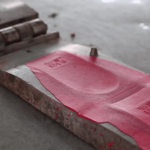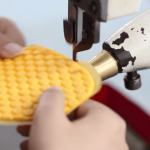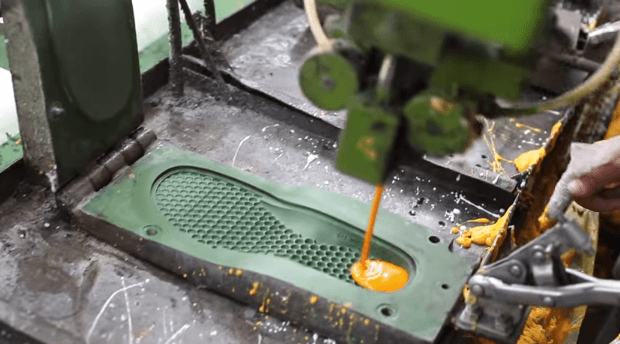The Making of a PU Foam Footbed by Tsubo
Making a PU Footbed
Check out this video which shows how a soft PU foam footbed for shoes is made. This footbed is relatively expensive and heavier when compared to the standard EVA footbed, but it’s much more comfortable. Tsubo is a very high-quality shoe brand, I have a pair myself and they are great shoes!
The video starts off in the CNC (Computer Numerical Control) tooling shop. We see what looks like a shoe outsole bottom being cut. This pinkish material is called REN. REN is a medium density polyurethane plastic modeling compound that can be cut to a very high precision. It does not shrink or chip and does not have any air bubbles inside.
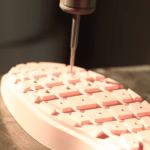
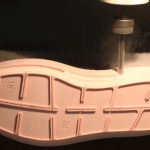
Next Step: Steel Casting Shop
Once the REN shape has been cut and finished it heads to a steel casting shop. This part they don’t show in the video, most casting shops keep this process hidden!
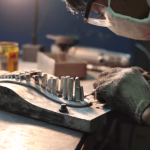
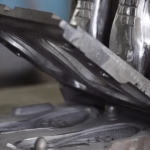
Hand Finishing
After the casting operation, the mold parts are hand finished to make sure they are smooth and most importantly they shut tightly without leaks. This happens to be a three part mold. This allows the parts to come free after molding without damaging them.
Onto the Pouring Line
The video does not really tell the whole story here at the pouring line. With the soft music playing, you miss the shocking noise of the molds slamming shut, the mold release being sprayed, the compressed air blast to clean the tools, and the rumbling of the molds as they run down the conveyor belt into the ovens and around again for another fill.


Here you can see the mixing head shooting the liquid foam into the mold. It’s a heavy liquid that spreads slowly into the mold. In the video, you can see the worker rubbing some of the compound into the sidewall of the mold to make sure the logo is filled without any air bubbles.
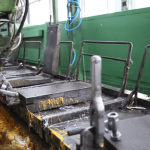
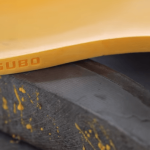
Once again, some compound in the mold clamps is used to hold the mold closed. Behind you can see a green wall – that is the conveyor oven. The molds travel in a large oval around and around. Inside the heater, the foam “blows” or expands filling the mold’s cavity with the PU.
Opening The Mold
Once outside of the oven the mold is opened. You can see there is some extra material around the edge. This is okay, this ensures the part is 100% filled and lets any air bubbles escape. This extra material is called mold flash. In the final step, the mold flash is trimmed off.
